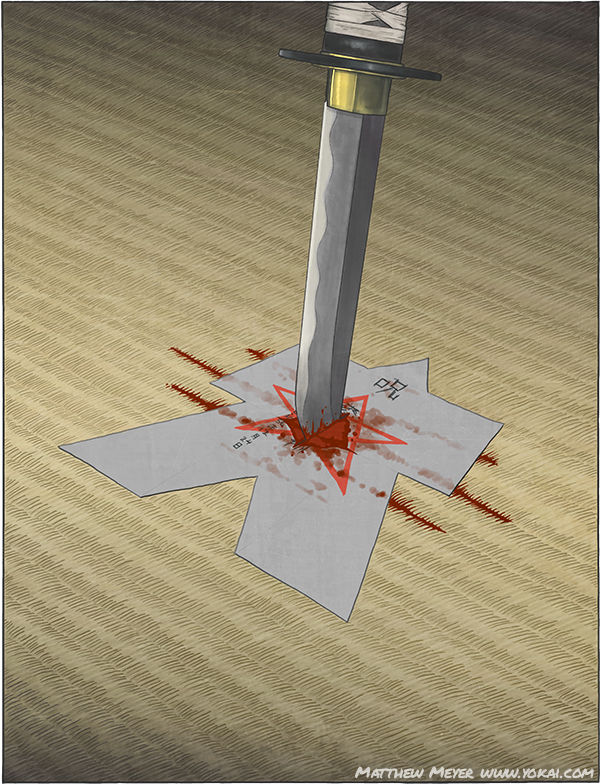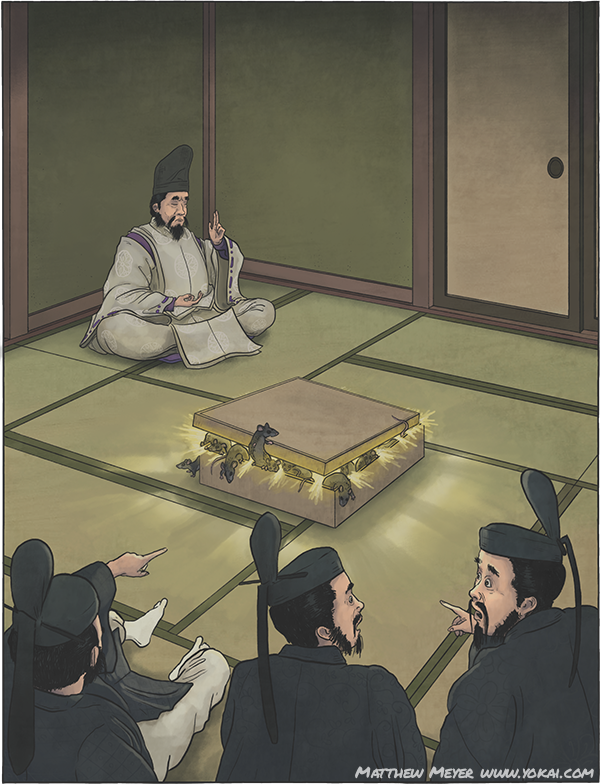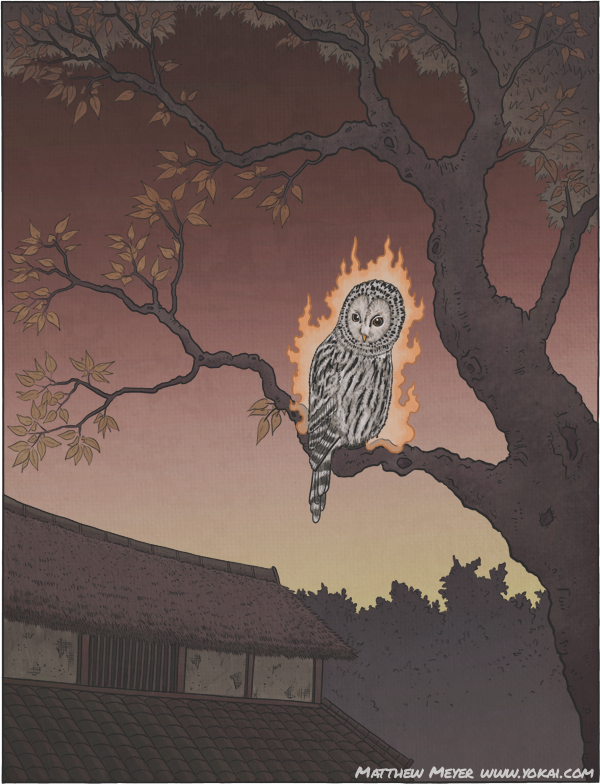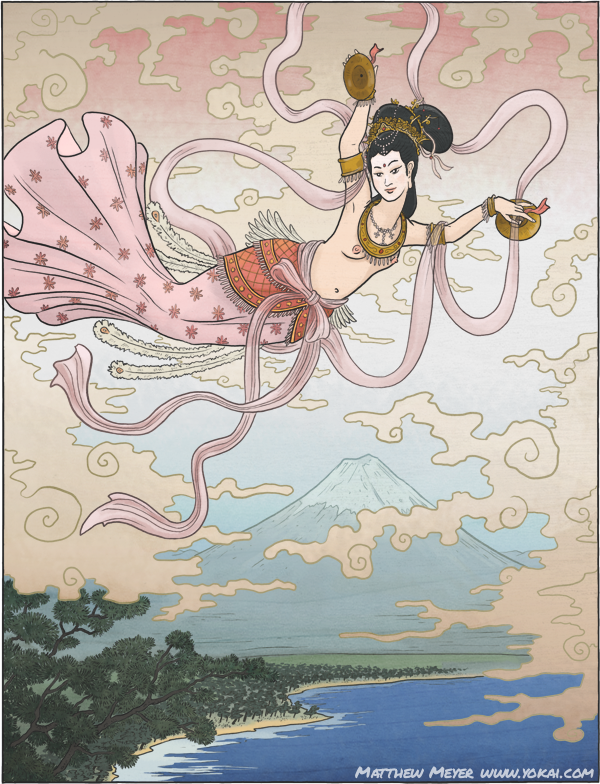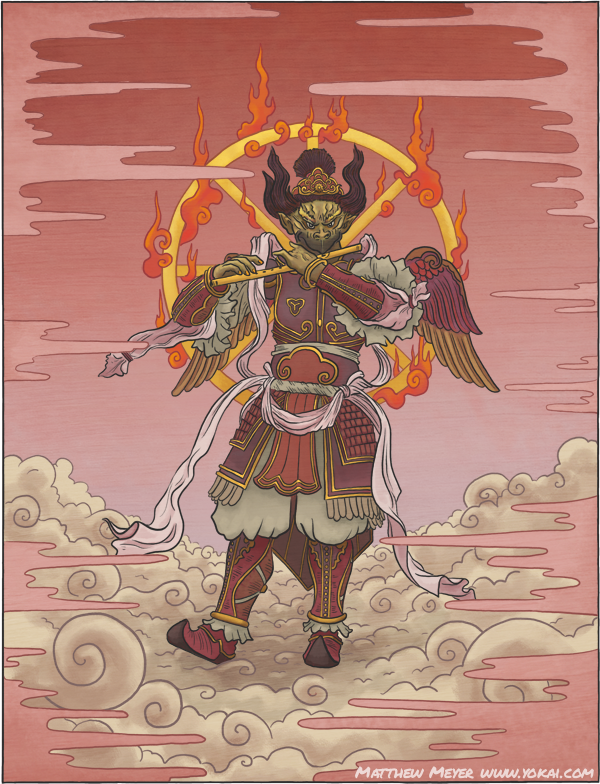Today we continue with our “wizard week” theme. While we saw Japan’s most famous wizard last night, for the rest of the week we will be looking at a number of magical spells. Today we’ll start with a common type of magical charm, the katashiro.
Anyone who is a fan of anime has probably seen something like this before—the flying paper dolls in Spirited Away, for example. Magical paper dolls that protect people are a very common sight in magic-themed anime and manga, and they have always been a staple in folklore dealing with magical spells, onmyōdō, and curses.
Not just paper dolls, but all kinds of dolls have been important tools in worship and ritual for centuries. Some examples: the prehistoric clay figures called haniwa which have been found in burial mounds, straw doll figures call wara ningyo which have been used in magical rituals, and hina dolls which are displayed during the annual Dolls Festival. Dolls could be used as objects of transference, representing a specific person for either good or bad magic. They were also used in purification rituals; people believed that sins could be transferred into dolls, which were then discarded into holy rivers where the water would wash the sins (along with the dolls) away.
While dolls today are seen mostly as decoration or as toys, it’s interesting to think about the different ways they were used in the past, and how deeply they were connected to religion and spirituality. It kind of forces you to think about all of the things we have in our houses; toys, dolls, stuffed animals, figurines, and other little objects that we take for granted. Would these have been viewed as containers for souls long ago? Certainly there was a greater respect for all objects before the age of mass production, but might your Barbie dolls or G.I. Joes be considered to have souls? As for me, I am a big fan of tabletop games and I have hundreds of little plastic and metal warriors… I wonder how that would be viewed by an onmyōji?
Tonight’s entry is from The Hour of Meeting Evil Spirits. To read more about katashiro and how they are used, click on the image below:

